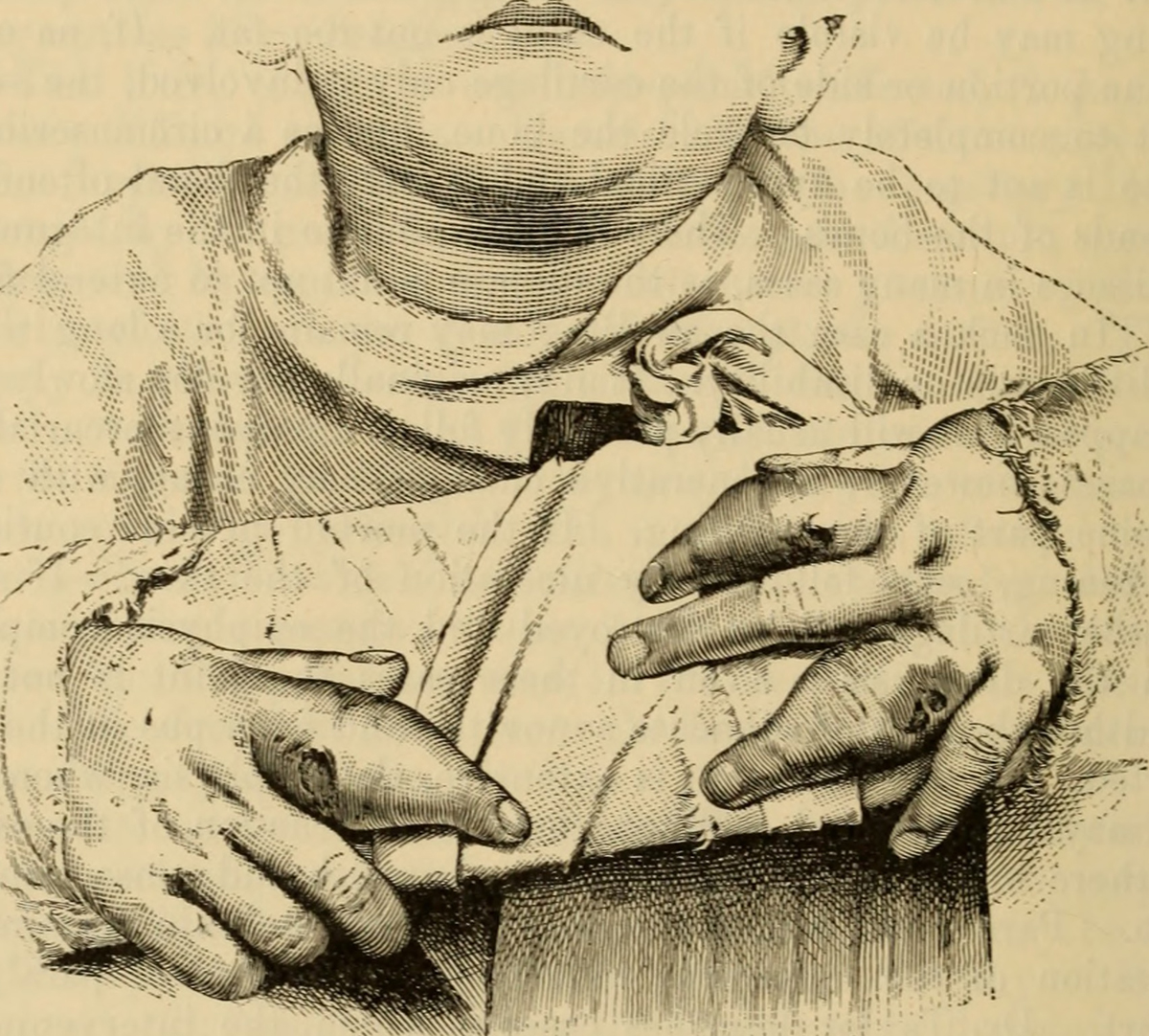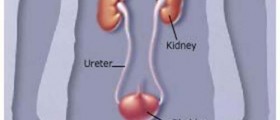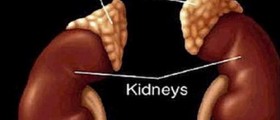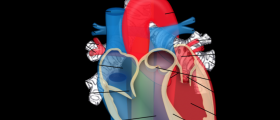
Cushing's syndrome is defined as a condition derived from overexposure to glucocorticoids (a type of steroid hormone). The term Cushing's disease applies to those cases of Cushing's syndrome induced by a surplus of adrenocorticotropic hormone (ACTH), which in turn urges the adrenal gland to produce more steroid hormones. The access secretion of ACTH is caused by a pituitary tumor.
The majority of cases of Cushing's syndrome is caused by the Cushing's disease. Another cause for the syndrome may include an ectopic, ACTH-producing tumor. The syndrome is more frequent in female population and it can occur at any age.
The pituitary tumor is normally less than half an inch in diameter. This type of tumor is usually identified through clinical manifestations of hypercortisolism. Tumors larger than half an inch in diameter are rarely present in patients suffering from this disease.
Symptoms of this disease are variable. Some of them are upper body obesity, round full face, increased neck fat and thinning of arms and legs. The pressure caused by the growth of the tumor may influence some vital areas of the body, so a timely diagnosis is of critical value. If a persons medical history or examination results show a possibility of hypercortisolism without an obvious cause. Some additional lab tests are required to ascertain if there is an excess of glucocorticoid. These examinations are intricate. Many of them are necessary so as to draw a definitive conclusion.
There are three ways to treat Cushing's disease: medical, surgical and pituitary irradiation.
Those patients who are not eligible for a surgery turn to a medical therapy. This option, however, should normally be used only to prepare a patient for the surgical intervention. It can also be used after the surgery, along with the third option – pituitary irradiation. This should help accelerate the tempo of recovering.
The surgery itself involves the removal of the pituitary tumor. This solution is popular for its high cure rates and a manageable amount of risk.
If untreated,Cushing's disease may result in serious problems. Those include fatigue, intense headaches, nausea and vomiting, bone fractures, diabetes and hypertension. It can even contribute to premature dying. Although the data related to the surgery success shows a positive trend, the condition itself needs to be addressed long after patient discharge. The pituitary functions may eventually achieve normal levels and other visible improvements will occur. Still, there is much more space for improvement of diagnosis and treatment.

















Your thoughts on this
Loading...